The Evolution of Team Fortress 2: How a Timeless Classic Continues to Thrive
Origins and Birth of a Phenomenon
The roots of Team Fortress 2 reach back into the late 1990s, arising from the fertile soil of modding communities. The concept began as a modification for Quake, aptly named “Team Fortress.” This mod introduced a class-based system, offering a fresh take on the first-person shooter genre. The original creators, Robin Walker and John Cook, laid the groundwork for what would become a transformative approach to multiplayer gaming. By 1999, Valve Corporation, recognizing the innovative potential of Team Fortress, acquired the project. This acquisition marked the first step in the evolutionary path that would culminate in the release of Team Fortress 2 (TF2) in 2007, as part of Valve’s revolutionary game bundle, The Orange Box.
The Unique Appeal of Team Fortress 2
What truly set Team Fortress 2 apart from other games of its era was its vibrant, stylized art direction and engaging class-based combat. Valve deviated from the hyper-realistic graphics trend of the time, opting instead for a lively, cartoonish aesthetic inspired by the art style of 1960s commercial illustrations. This choice not only provided TF2 with a timeless look but also allowed for clearer gameplay, where players could easily distinguish between different classes and teammates. The game launched with nine distinct classes, each offering unique abilities and roles on the battlefield. Whether playing as the stealthy Spy, the sturdy Heavy, or the tactical Engineer, players were encouraged to experiment and collaborate, leading to dynamic and strategic matches.
Community and Content Creation
Integral to the enduring success of TF2 is its passionate community, which has been a driving force in the game’s evolution. From the very beginning, Valve fostered community involvement, encouraging fans to create and share their own content. The release of the Source SDK enabled players to design custom maps, game modes, and even modifications. In 2011, Valve introduced the Steam Workshop, allowing players to submit their creations directly into the game. This initiative empowered community members to contribute hats, weapons, and other cosmetic items, many of which eventually became staple elements in TF2.
The Rise of the In-Game Economy
Team Fortress 2 was one of the first games to effectively incorporate a comprehensive in-game economy, which has significantly contributed to its longevity. The introduction of the Mann-Conomy Update in 2010 added trading, crafting, and a microtransaction store, where players could purchase cosmetic items. This system was revolutionary at the time and laid the foundation for virtual economies in modern gaming. The in-game currency, crafted items, and rare drops created a vibrant marketplace, with some items becoming highly sought after and expensive. TF2’s economic model has been studied extensively and served as a blueprint for many online games that followed.
Events and Updates Keeping the Game Fresh
Valve continued to breathe life into TF2 through regular updates, seasonal events, and new content. These updates not only introduced new weapons and maps but also incorporated innovative game modes and features that kept the community engaged. Annual events like Scream Fortress, an in-game Halloween celebration, and the Summer Update became highly anticipated fixtures in the TF2 calendar. These events often introduced temporary game modes, new maps, and exclusive cosmetic items, offering players fresh challenges and incentives to return to the game.
Cultural Impact and Legacy
Over the years, TF2 has transcended its status as a mere video game, becoming a cultural icon within the gaming community. The game’s unique characters, humor, and style have inspired countless memes, videos, and fan art. The “Meet the Team” video series, which introduced each class, is renowned for its humor and storytelling, further endearing the characters to fans. Moreover, TF2’s influence is evident in the design and mechanics of many subsequent multiplayer games, cementing its legacy as a foundational title in the genre.
Competitive Scene and Esports Influence
Even as the casual community thrived, TF2 carved out a niche in the competitive gaming scene. Various leagues and tournaments emerged, such as the European Team Fortress 2 League (ETF2L) and the North American United Gaming Clans (UGC). These competitions showcased the high skill ceiling and strategic depth TF2 offered, attracting players dedicated to mastering the game. While TF2’s competitive scene never reached the scale of other esports giants, it maintained a dedicated following, illustrating the game’s versatility and broad appeal.
Challenges and Continued Growth
Despite its successes, Team Fortress 2 faced challenges typical of an aging game. Player numbers fluctuated, and the community occasionally voiced concerns about the pace and content of updates. The emergence of new, free-to-play multiplayer games similarly competed for the attention of players. Yet, despite these hurdles, TF2 demonstrated resilience. Valve’s continued support, community involvement, and the game’s solid foundation maintained its relevance in an ever-changing gaming landscape.
Technological Advances and Future Prospects
As technology evolved, so too did the potential for further enhancing TF2. The introduction of high-definition monitors, improved graphics cards, and virtual reality opens new avenues for future updates or potential re-releases. However, the core appeal of TF2 remains its engaging gameplay and community spirit. Speculation about a possible sequel or major update often circulates among fans, illustrating the enduring interest and hope for the game’s future evolution.
In conclusion, Team Fortress 2’s ability to adapt and grow over the years underscores its status as a timeless classic in the world of video gaming. From its innovative beginnings to its thriving present, TF2’s journey provides valuable insights into the dynamics of maintaining and nurturing a game that continues to resonate with players worldwide.
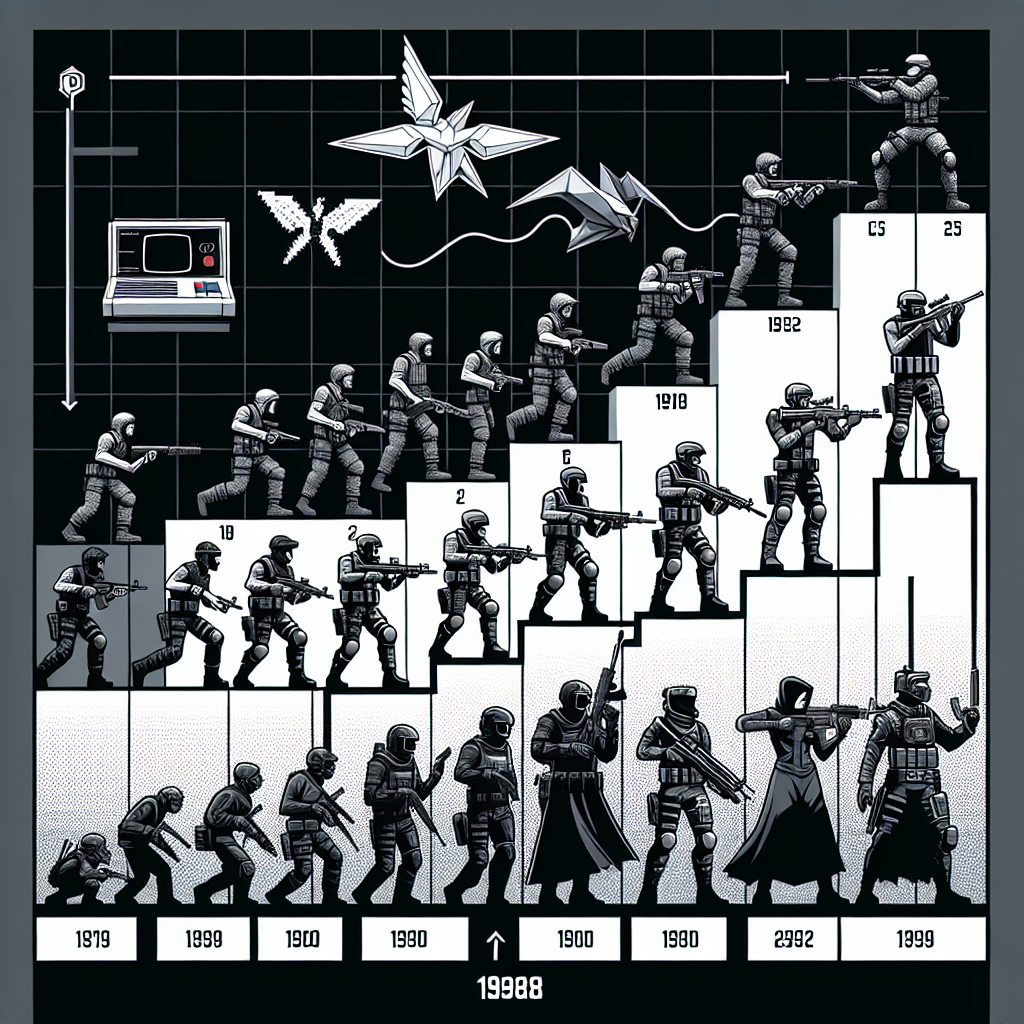

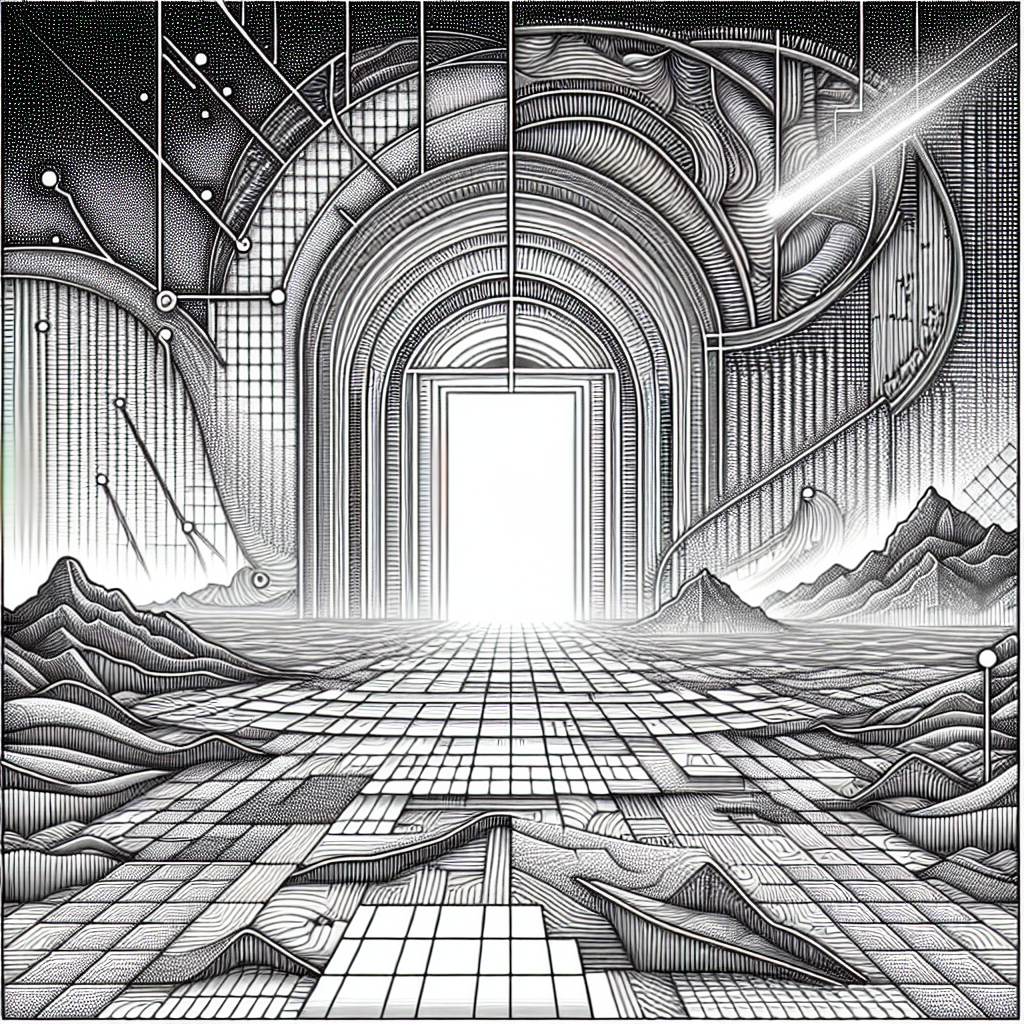
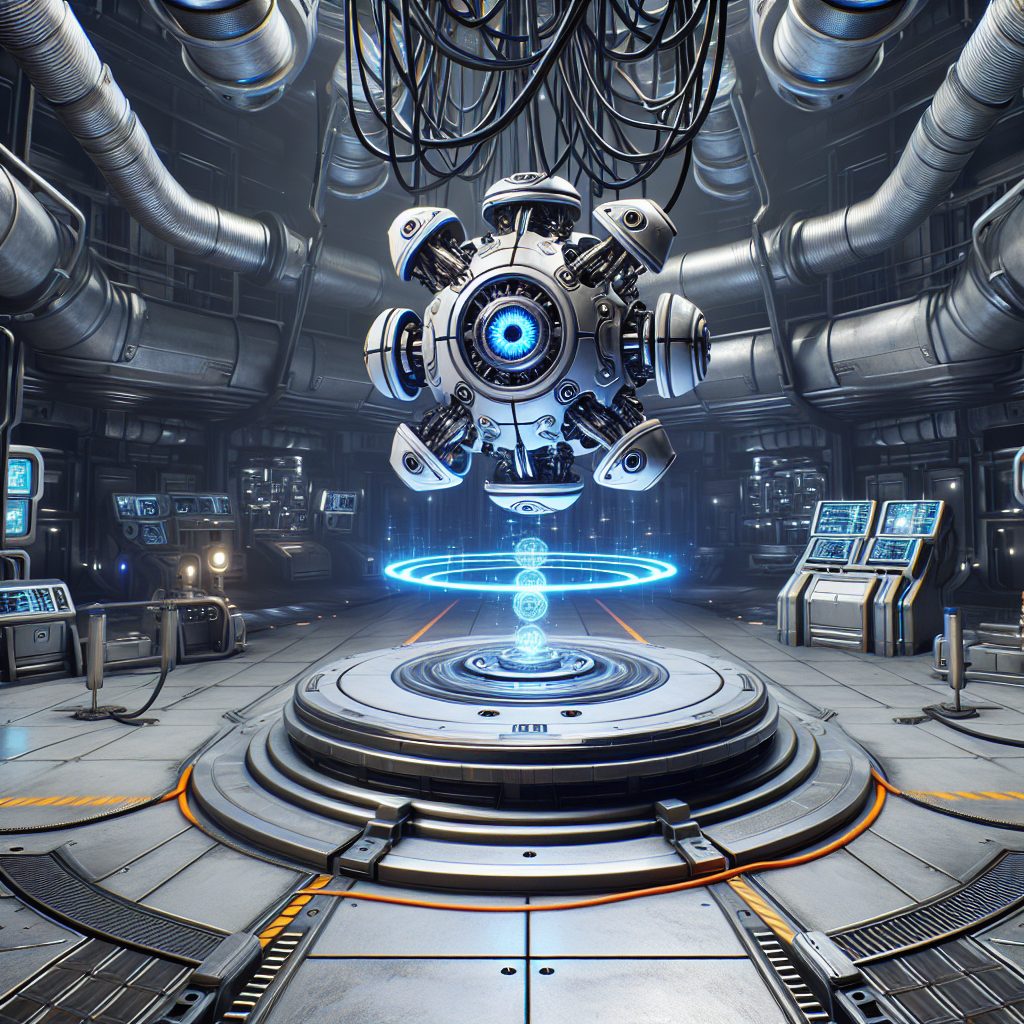
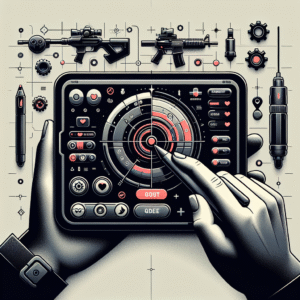
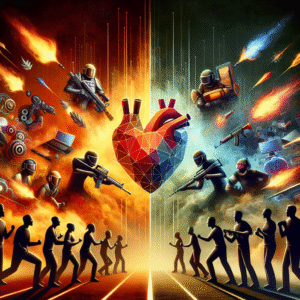

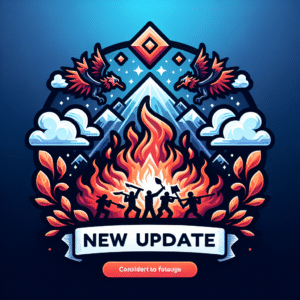

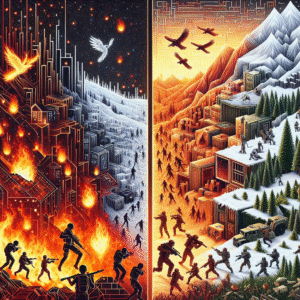
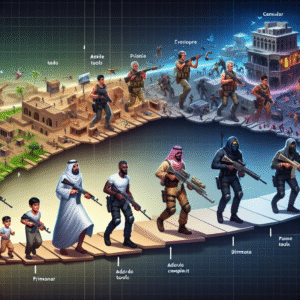
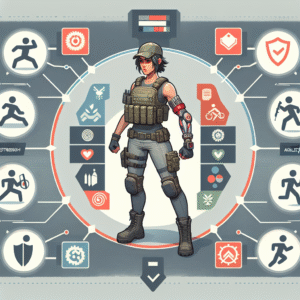
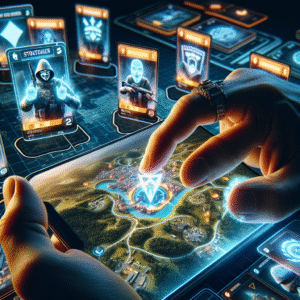
Post Comment